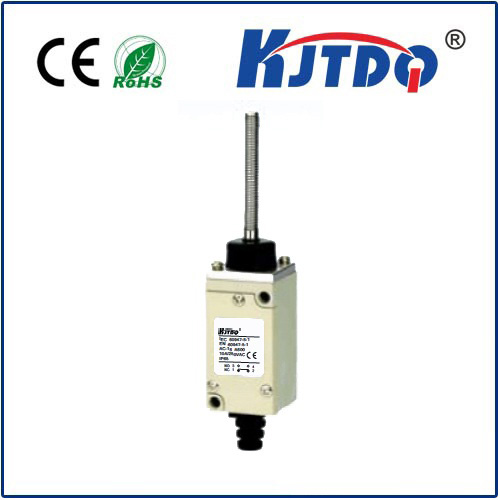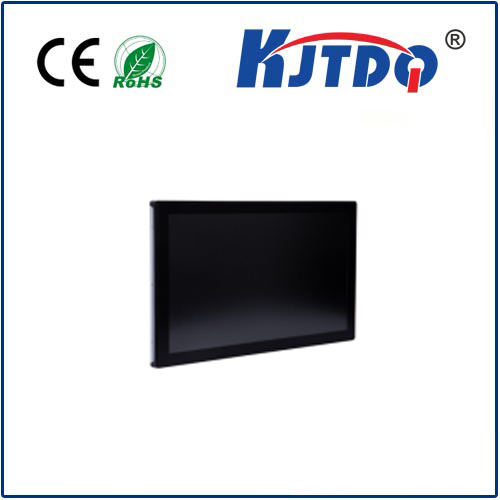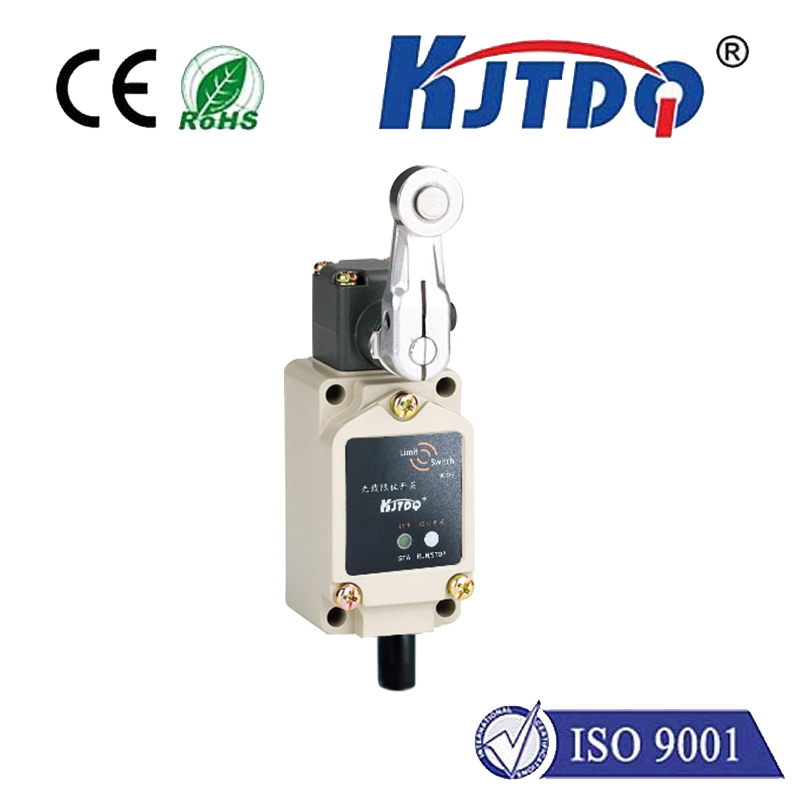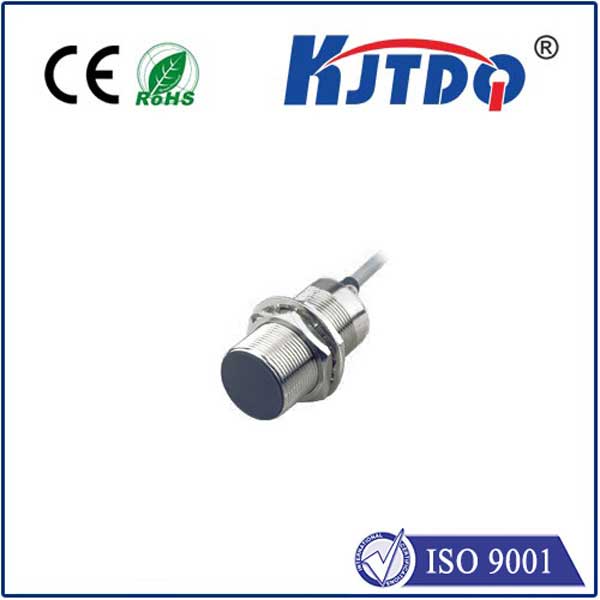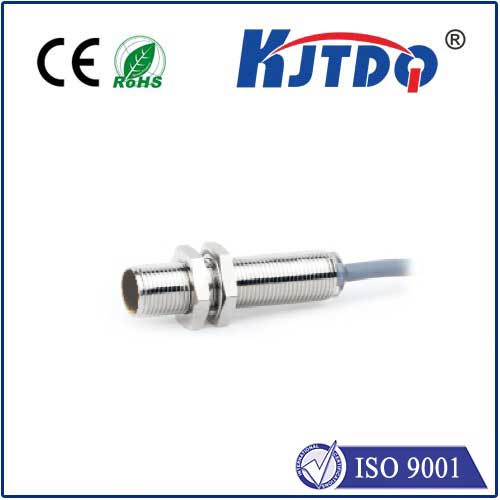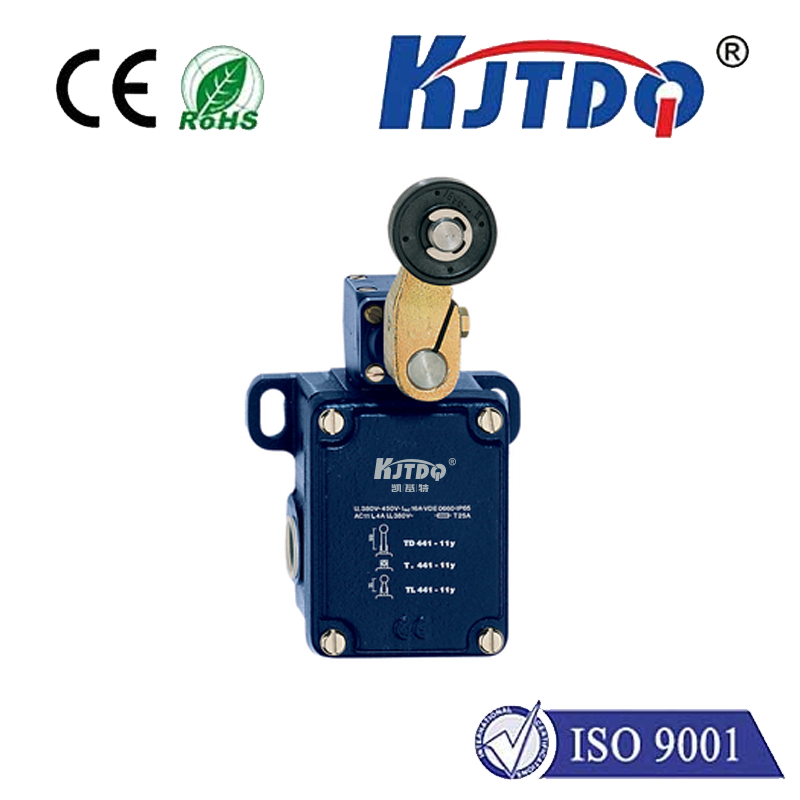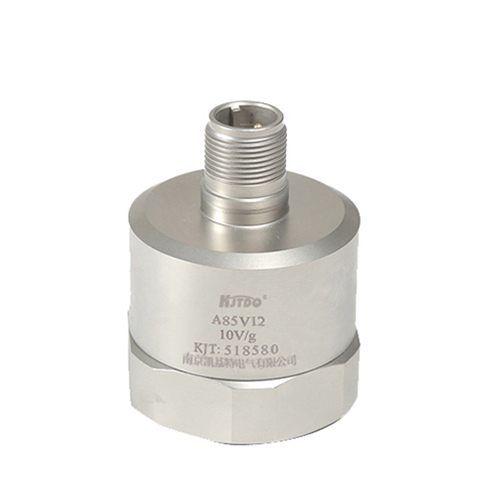

check

check

check

check
Imagine the seething heart of a hydraulic press, where colossal forces pulse through fluid channels under pressure intense enough to crush solid steel. Or picture the unforgiving depths where marine systems operate, constantly battling immense water pressure. In these battlefields of industry and harsh environments, standard sensors often falter. This is where specialized technology like the BES020E High Pressure Proximity Sensor becomes not just useful, but absolutely critical. Designed explicitly to excel where pressure isn’t just a factor, but the defining characteristic, the BES020E unlocks reliable, non-contact position detection in scenarios where others simply cannot perform.
At its core, a proximity sensor like the BES020E operates on the principle of detecting the presence or absence of a metallic target object without physical contact. Typically utilizing inductive sensing technology, it generates an electromagnetic field. When a metallic target enters this field, it induces eddy currents within the target, causing a measurable change in the sensor’s own oscillation or field strength. This change is converted into a clean, switch-like output signal (often PNP or NPN) indicating the target’s proximity. It’s a fundamental technology prized for its reliability, speed, and lack of mechanical wear.
However, standard inductive sensors have a significant Achilles’ heel: they are highly sensitive to the surrounding atmospheric pressure. Why? The electromagnetic fields they generate interact with air molecules. Under drastically elevated pressure, the denser atmosphere alters the field’s propagation and damping characteristics. This can lead to erratic behavior:

This is precisely the challenge the BES020E High Pressure Proximity Sensor is engineered to overcome. Its defining characteristic isn’t just that it senses proximity, but how it performs this feat reliably under immense pressure. The key lies in its specialized pressure-resistant construction. While specific internal designs are proprietary, such sensors typically feature:
The BES020E embodies these principles. Designed for pressures far exceeding standard industrial environments, it delivers consistent and accurate proximity detection where it’s needed most. Its benefits are substantial:
So, where does the BES020E High Pressure Proximity Sensor prove its worth? Its unique capabilities make it indispensable in numerous demanding sectors:
Deploying the BES020E effectively requires consideration of its specific operating parameters. Always consult the official datasheet, paying close attention to its specified Maximum Operating Pressure (PSI or Bar rating), temperature range, sensing distance (Sn), required voltage (typically 10-30V DC), output type (e.g., PNP NO/NC), and environmental protection rating (IP67/IP69K are common). Correct mounting, ensuring the target material and size meet specifications, and protecting the cable connection are also vital for optimal performance and longevity in these challenging settings.
In environments where pressure defines the operational boundary, the BES020E High Pressure Proximity Sensor stands as a beacon of reliability. It transforms a fundamental limitation of standard inductive sensing into a solved problem, enabling automation, safety, and precise control in some of the most demanding applications on the planet. Its specialized design and robust construction are not mere features; they are essential attributes that empower engineers to push the boundaries of what’s possible in high-pressure systems, ensuring detection remains accurate and dependable when the stakes are highest. For mission-critical position feedback under immense pressure, the BES020E delivers where ordinary sensors cannot.
